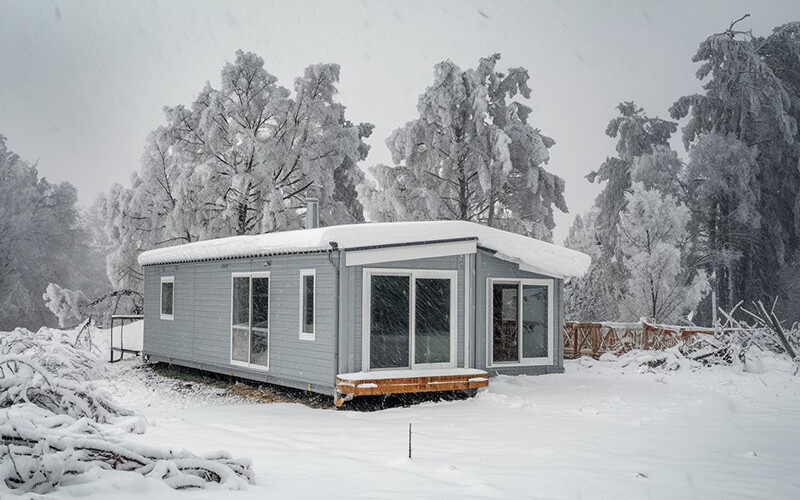news

Container houses have gained significant popularity as a sustainable and versatile alternative to traditional construction methods. Their ability to withstand various climatic conditions while maintaining structural integrity and functionality is crucial for their widespread adoption. This article evaluates how container houses perform in different climates, highlighting their durability and flexibility.
Durability in Extreme Temperatures
One of the primary considerations when evaluating container houses is their performance in extreme temperatures. Whether it's scorching heat or freezing cold, these structures are designed to handle harsh conditions effectively. High-quality insulation materials ensure that the interior remains comfortable, reducing energy consumption for heating and cooling. Additionally, specialized coatings can be applied to the exterior to protect against UV radiation and corrosion, further enhancing durability.
Resistance to Humidity and Moisture
In humid climates, moisture resistance is critical. Container houses are often constructed with materials that inhibit mold growth and prevent water damage. Proper sealing techniques and ventilation systems help maintain a dry environment inside, protecting both the structure and its inhabitants from the adverse effects of high humidity. These features make container homes suitable even in tropical regions where moisture levels are consistently high.
Structural Integrity in Seismic Zones
Container houses also demonstrate remarkable resilience in earthquake-prone areas. The steel frames used in their construction provide superior strength and stability compared to traditional wood or brick buildings. Advanced engineering techniques, such as base isolation and reinforced joints, enhance their ability to withstand seismic activity without compromising safety. This makes them an excellent choice for regions frequently affected by earthquakes.
Adaptability to Diverse Environmental Conditions
Flexibility is another key attribute of container houses. They can be easily customized to suit specific environmental needs. For example, in arid regions, solar panels can be integrated into the design to harness renewable energy, reducing reliance on conventional power sources. In colder climates, additional insulation and heating systems can be installed to ensure comfort during winter months. This adaptability ensures that container houses remain functional and efficient across a wide range of climates.
Sustainability and Longevity
The sustainability aspect of container houses cannot be overlooked. Utilizing recycled shipping containers significantly reduces the demand for new raw materials and minimizes waste. Moreover, their modular nature allows for easy repairs and upgrades, extending the lifespan of the structure. This focus on sustainability not only benefits the environment but also provides long-term cost savings for homeowners.
Conclusion
Evaluating the durability and flexibility of container houses across various climates reveals their potential as a viable solution for modern living. With robust designs that withstand extreme weather conditions, effective moisture control measures, and adaptable features tailored to diverse environments, these structures offer a reliable and eco-friendly housing option. As technology advances and more innovative solutions are developed, container houses will continue to evolve, providing safe, comfortable, and sustainable living spaces worldwide.
Need Us to
Contact You?
We received your message and will contact you as soon as possible.
Thank you for your visit.
